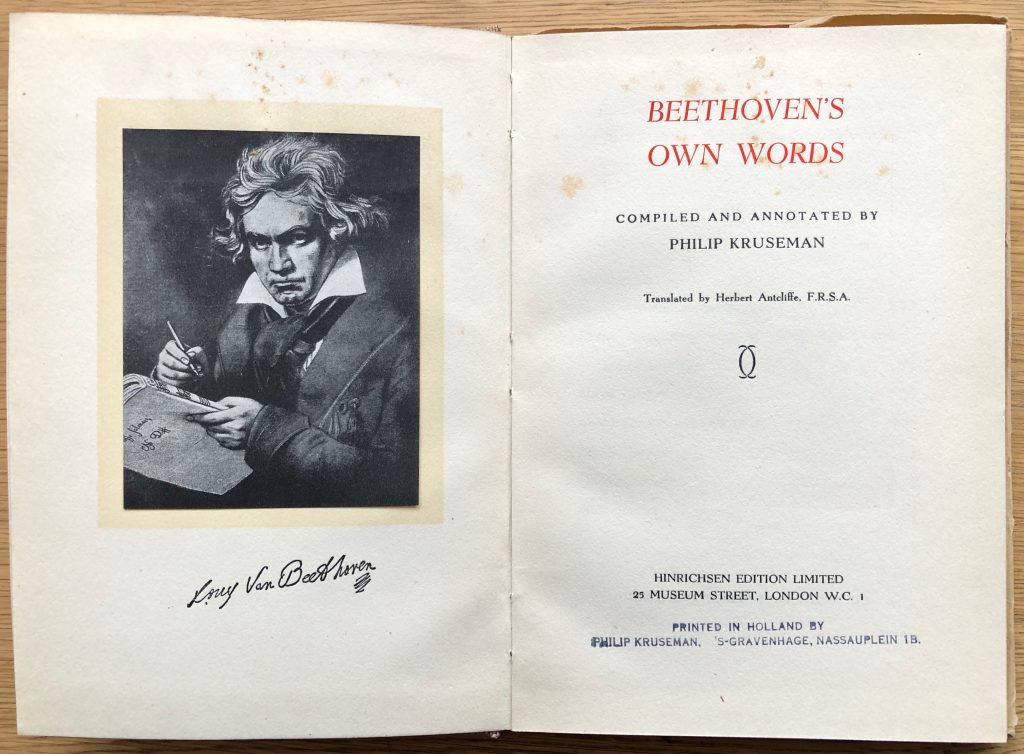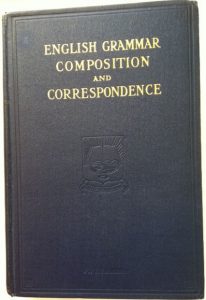Et tu, Brutus.1?…
Fully 26 years ago, “the world’s most advanced artificial story generator” Brutus.1 wrote Betrayal, a somewhat clunky, clichéd tale of back-stabbing in ivy-clad academia.
Able to come up with stories of no more than 500 words all on the same theme of – yes, you guessed it – betrayal, Brutus.1 was state-of-the-art in 1998. Artificially generated stories have moved on quite some way since then, but the fundamental flaw remains. As the developer of Brutus.1, Selmer Bringsfjord, said at the time, “To tell a truly compelling story, a machine would need to understand the inner lives of its characters. To do that, it would need to think not only mechanically, but also experientially, in the sense of having a subjective or phenomenal awareness.” In short, it would need to not just think but feel – to have a heart, and give a damn.
Want any old story? Try prompting a machine. Want a great story? Trust a human.



